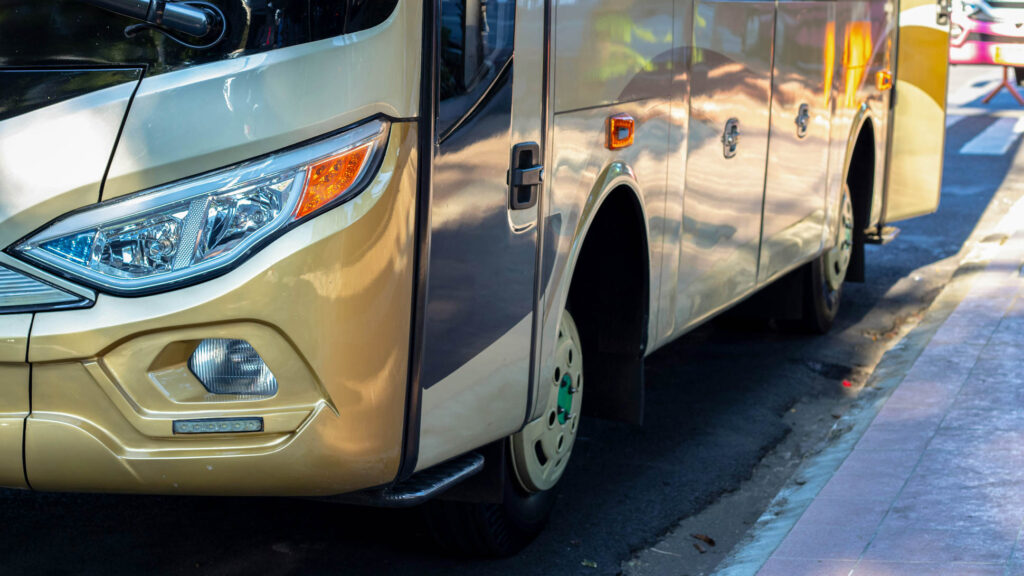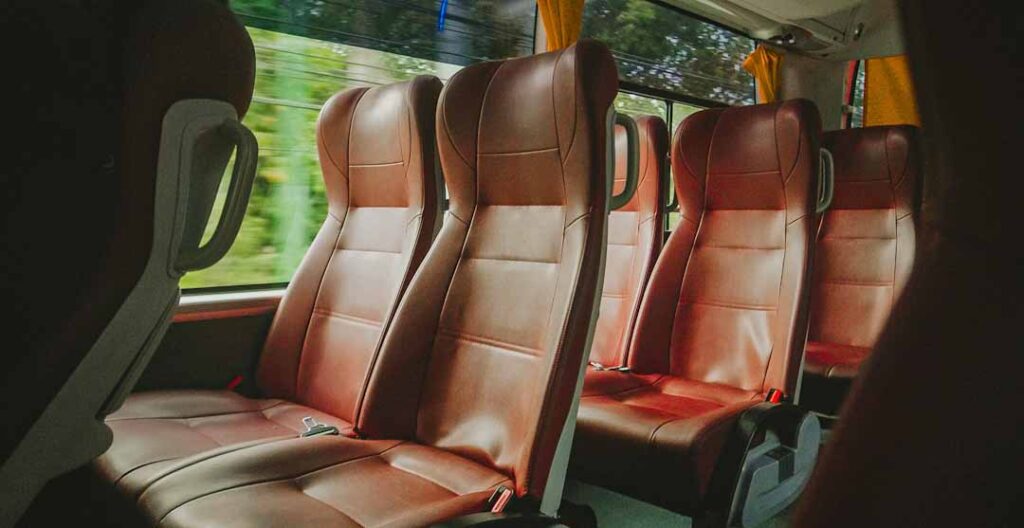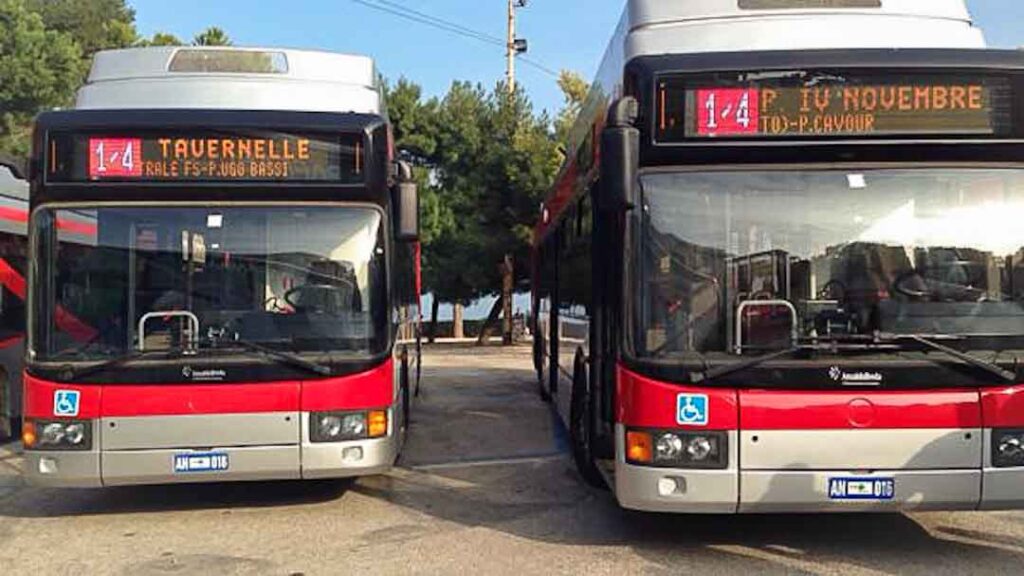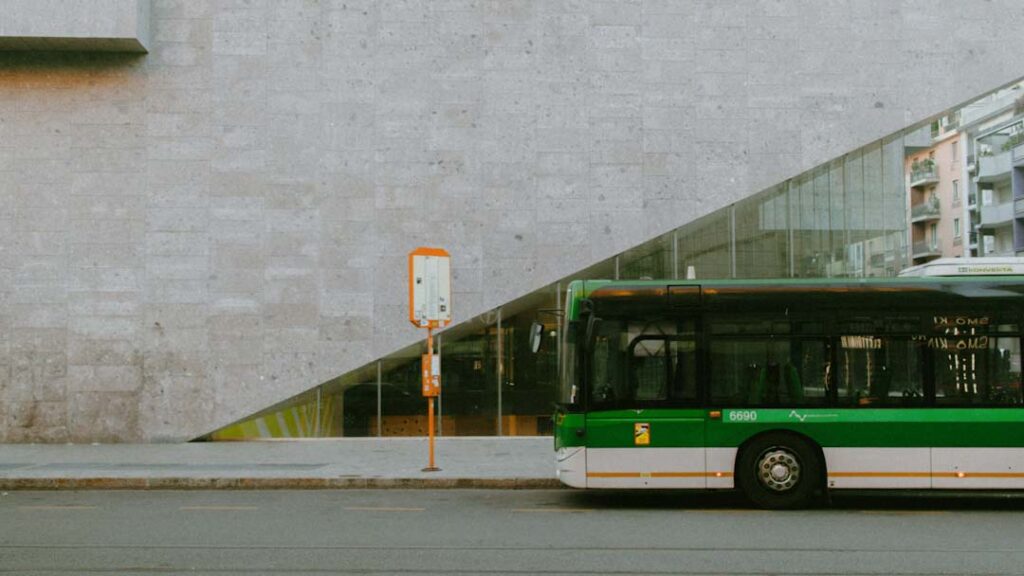
Italy’s bus network is extensive, connecting cities and rural areas. Bus services are especially useful to reach smaller towns and villages. National operators like FlixBus and regional bus companies provide reliable options.
This guide explains the main operators, ticketing procedures, regional variations, and tips for combining buses with other forms of transport.
👉 This article is part of our Transport in Italy: A Practical Guide for Foreigners series.
Table of Contents
- Long-Distance Bus Services
- Tips for Using Long-Distance Buses:
- Regional and Local Bus Services
- Combining Buses with Other Transport
- Tickets and Validation
- Accessibility and Comfort
- Practical Advice for Foreign Residents
- Key Takeaways
- See Also
Long-Distance Bus Services

The long-distance bus network is dominated by FlixBus, a private operator with routes connecting most major Italian cities. FlixBus offers frequent departures, online booking, and digital tickets via their mobile app. For anyone traveling between cities without relying on trains, FlixBus is often faster and cheaper.
👉 Book a FlixBus bus in Italy
Tips for Using Long-Distance Buses:
- Book in advance to secure the best prices.
- Digital tickets are valid without additional validation.
- Luggage: Most buses have undercarriage storage; check size limits before traveling.
- Bicycles: Some buses allow foldable bikes; always confirm with the operator.
Other private operators also provide limited intercity routes. However, FlixBus remains the most consistent option for coverage and scheduling.
Regional and Local Bus Services

Every Italian region has its own regional bus network connecting towns, villages, and smaller cities. Unlike FlixBus, tickets for these services may need to be validated on boarding using a machine or punch ticket. Failure to validate can result in fines.
Key Points for Regional Buses:
- Schedules: Check timetables online or at local stations.
- Payment: Tickets can often be bought at Tabacchi shops, stations, or from the driver (cash only).
- Coverage: Some rural villages may only have a few departures per day. Planning ahead is essential.
For example, if you own property in a smaller town in Le Marche, using a regional bus might be your only public transport option for reaching nearby cities or train stations.
Combining Buses with Other Transport
Buses work best when combined with other transport systems. For example:
- Train + Bus: Take a train to the nearest city and a bus to reach smaller towns or rural properties. See our Regional Trains and Trains in Italy guides for complementary travel tips.
- Bus + Car Rental: Renting a car from a city hub after taking a long-distance bus can save time and provide flexibility in remote areas. Check How to Rent a Car in Italy for options.
Understanding the connections between buses, trains, and car travel is especially important if you’re managing property or moving goods in Italy.
Tickets and Validation

Buying tickets in Italy varies by operator:
- FlixBus: Online or via app; no additional validation needed.
- Regional Operators: Often available at Tabacchi shops, stations, or directly from the driver.
- Validation: Regional buses usually require stamping the ticket in a machine. Failure to do so may result in a fine.
Pro Tip: Keep proof of purchase for all bus trips. Even if the system is informal, Italian inspectors are strict about ticket compliance.
Accessibility and Comfort
Modern buses generally:
- Include luggage storage.
- Allow some bicycles, foldable or disassembled.
- Offer Wi-Fi on long-distance services.
Smaller village buses might not have all these amenities, so always check ahead if you have special requirements.
Practical Advice for Foreign Residents
If you are not fluent in Italian:
- Download apps like FlixBus or regional transport apps for English interfaces.
- Plan routes in advance using Google Maps or Rome2Rio, which integrates buses.
- Carry small cash amounts for ticket purchases on local buses.
For property owners in rural areas, buses are often a practical solution for short trips to local towns, markets, or administrative offices such as the Comune or Prefettura.
Key Takeaways
- Italy’s bus system complements trains, offering essential coverage to smaller towns.
- Long-distance buses like FlixBus are convenient for intercity travel, while regional buses serve local routes.
- Always check schedules, buy tickets in advance, and validate regional tickets.
- Combining buses with trains or car rentals can maximize flexibility.
- Non-Italian speakers should leverage apps, online booking, and cash preparedness.
By understanding Italy’s bus networks, foreign buyers and residents can navigate cities, towns, and rural areas without stress.
